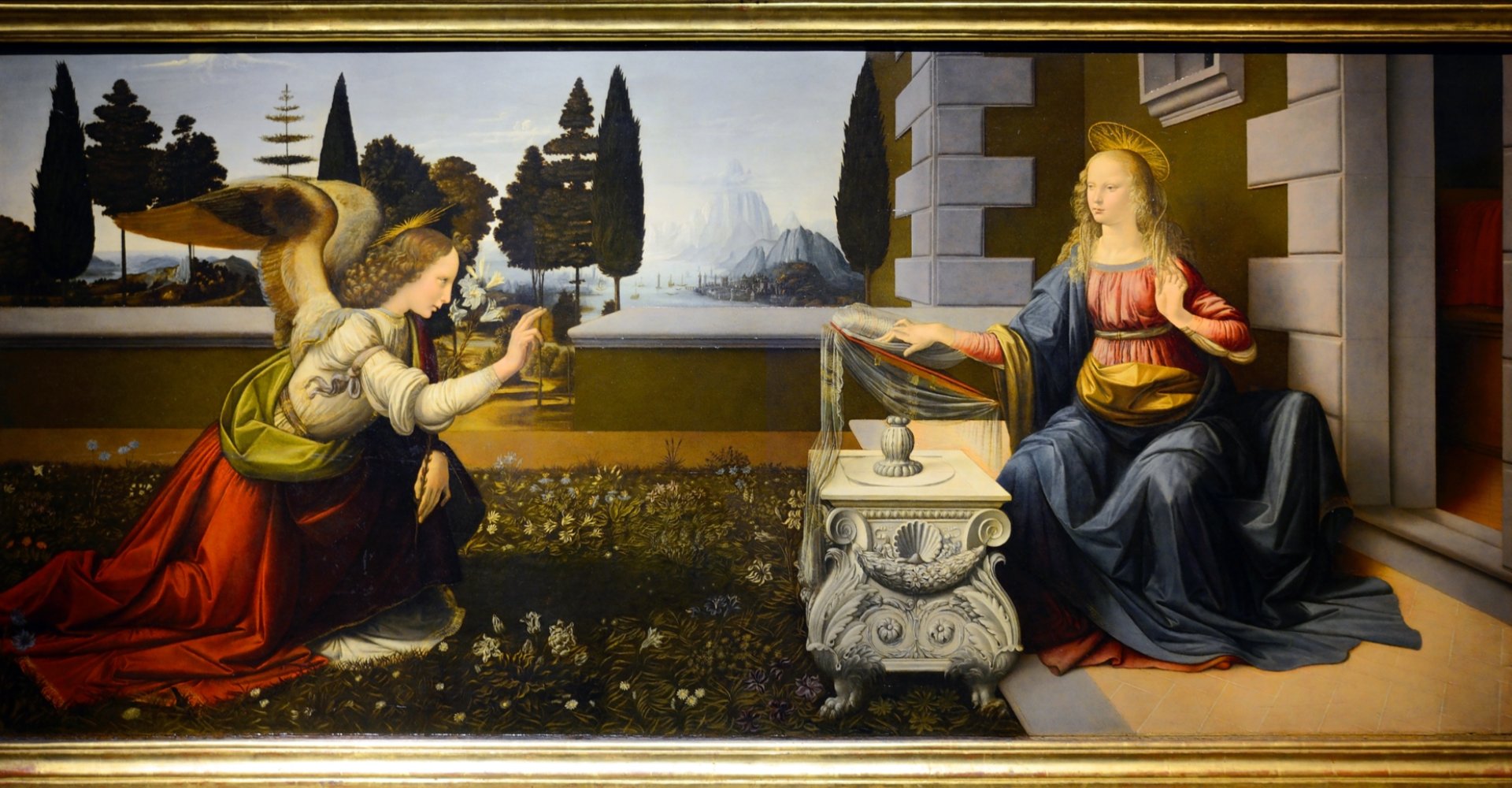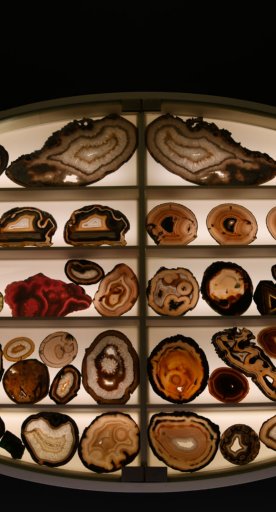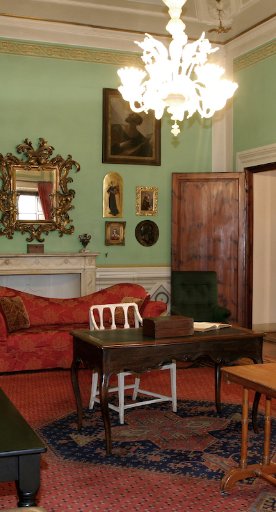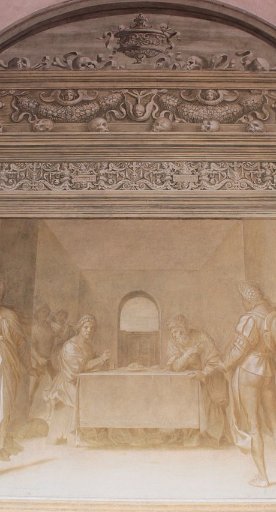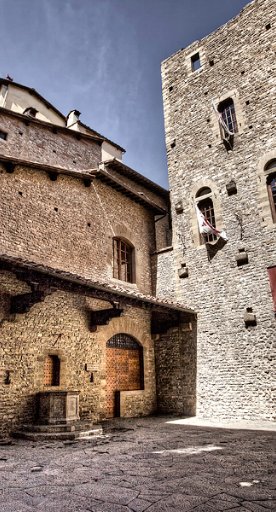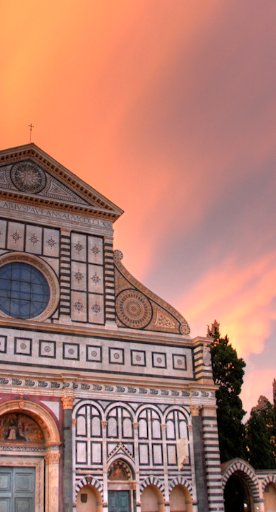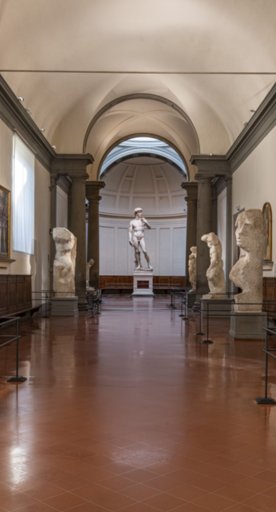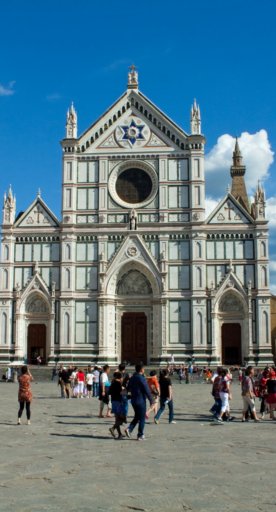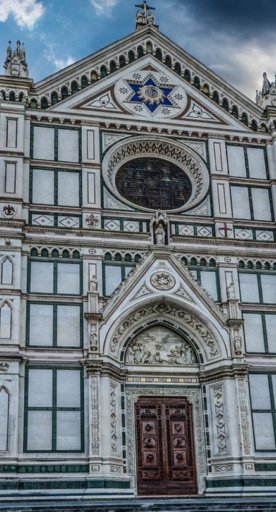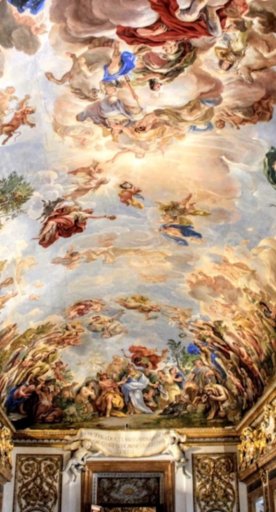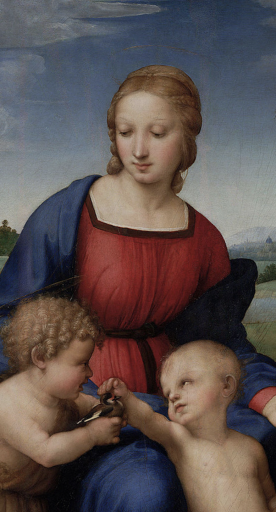Annunciation by Leonardo da Vinci
A masterpiece of the Florentine genius preserved in the Uffizi
The Annunciation by Leonardo da Vinci is one of the most famous and important Renaissance masterpieces on display in the Uffizi Gallery, in Florence, where it arrived in 1867 from the monastery of San Bartolomeo.
The painting, made between 1472 and 1475, depicts the scene of the Annunciation in an entirely innovative way, setting the encounter between the Virgin Mary and the Archangel Gabriel outdoors, rather than in a closed place as per tradition. Instead, the classicism of the position of the two figures is maintained, with the Virgin Mary on the right and the Archangel Gabriel facing her on the opposite side.
The Virgin Mary is seated in a corner of a building, placed behind a sarcophagus decorated in classical motifs taken from a work by Andrea del Verrocchio, intent on leafing through a book with her right hand, while gesturing acceptance with her left hand. The Archangel is represented immediately after his arrival, while he is closing his wings and blessing Mary with one hand, while in the other he holds a lily, a symbol of purity; unlike traditional iconography, the Archangel does not have peacock wings.
In the background landscape, divided from the foreground by a low wall, we can see a river, mountains and trees. While the characters are painted in great detail, the more distant objects appear shrouded in mist.
Leonardo painted this work at a very young age, alongside his master Andrea del Verrocchio, and his style is clearly recognizable in Gabriel's face, which bears a clear resemblance to other works, such as the "Mona Lisa".
